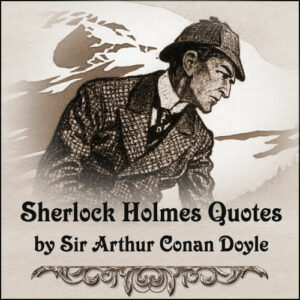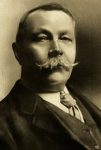As time went on Conan Doyle found himself more closely identified with Sherlock Holmes to the exclusion of his other works. “I weary of his name,” he told his mother. In his own mind the matter was settled. Holmes must die.
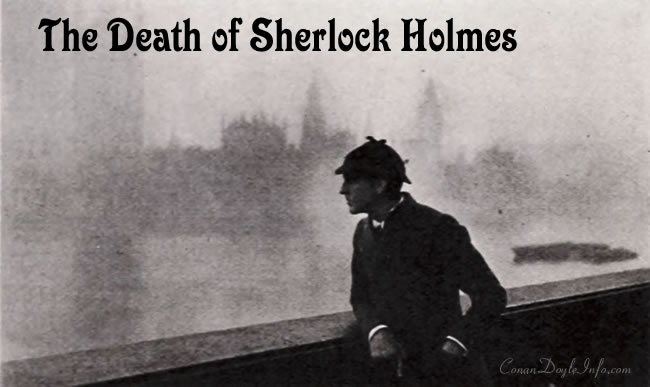
The Death of Sherlock Holmes
Last Updated February 10, 2025 – Originally published May 18,2015
While Sir Arthur Conan Doyle is best known for his Sherlock Holmes stories, that was not the work he valued the most. In fact Conan Doyle once referred to them as “an elementary form of fiction”. He was very proud of his historical novels and considered them some of his finest work.
While his Sherlock Holmes stories were hugely successful Conan Doyle was concerned that they were keeping him from more important work. As early as 1891 he shared with his mother his concerns about Holmes. “He takes my mind from better things.”
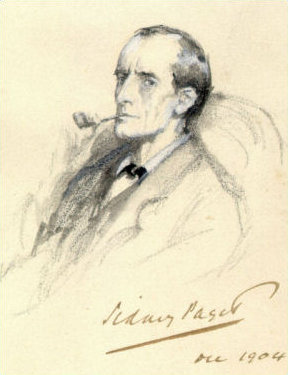
Sherlock Holmes, illustration by Sidney Paget
As time went on Conan Doyle found himself more closely identified with Sherlock Holmes to the exclusion of his other works. “I weary of his name,” he told his mother.
In his own mind, the matter was settled. Holmes must die. The only question was how? Conan Doyle wanted a dramatic finish for the great Sherlock Holmes.
In 1893 Conan Doyle visited Reichenbach Falls in the northern Swiss Alps. After seeing the magnificent falls he decided the place would make a worthy tomb for Sherlock Holmes.
The Adventure of the Final Problem was published in December of 1893 in The Strand magazine. People were so upset that more than twenty thousand of them canceled their subscription to the magazine.
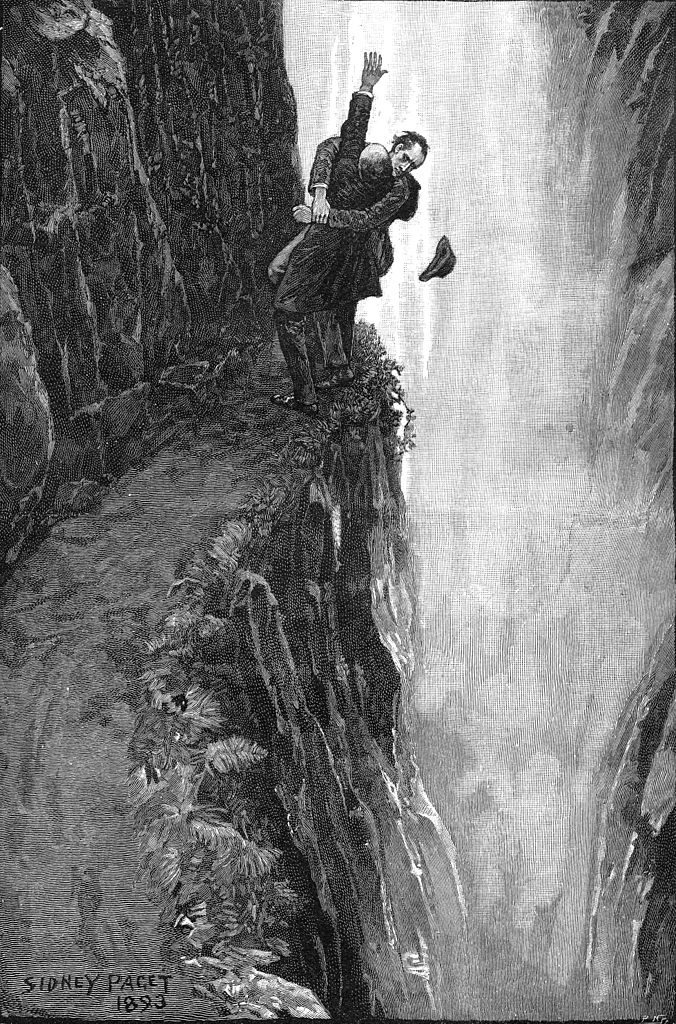
Holmes and Moriarty fighting over the Reichenbach Falls. Art by Sidney Paget.
Bringing Sherlock Holmes Back
It took a story of a ghostly hound to inspire Conan Doyle to bring the great detective back.
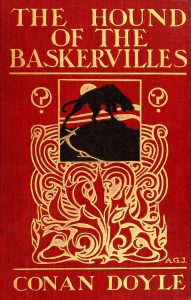 In 1901 Sherlock Holmes reappeared in The Hound of the Baskervilles. Conan Doyle needed a strong central character for his ghostly novel. Why invent one when he already had that in Holmes? However, Conan Doyle made it clear that Holmes was not alive. This story took place before the incident at Reichenbach Falls.
In 1901 Sherlock Holmes reappeared in The Hound of the Baskervilles. Conan Doyle needed a strong central character for his ghostly novel. Why invent one when he already had that in Holmes? However, Conan Doyle made it clear that Holmes was not alive. This story took place before the incident at Reichenbach Falls.
The public’s response was phenomenal. The Hound of the Baskervilles was also first published in The Strand. The magazine’s circulation rose by thirty thousand overnight.
Later, Holmes was truly brought back to life in The Adventure of the Empty House.
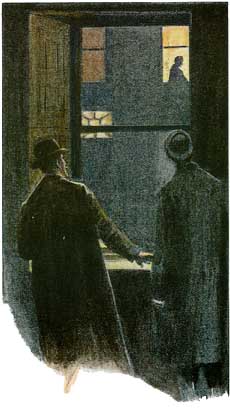
Image from The Adventure of the Empty House, Illustration by Sidney Paget
At the start of the story, Watson is alone. His wife is dead and he believes Holmes to be dead as well. However, Watson learns that Holmes’s death was a ruse to hide from Moriarty’s associates.
I moved my head to look at the cabinet behind me. When I turned again, Sherlock Holmes was standing smiling at me across my study table. I rose to my feet, stared at him for some seconds in utter amazement, and then it appears that I must have fainted for the first and the last time in my life. Certainly a gray mist swirled before my eyes, and when it cleared I found my collar-ends undone and the tingling after-taste of brandy upon my lips. Holmes was bending over my chair, his flask in his hand. – The Adventure of the Empty House
More About Sherlock Holmes
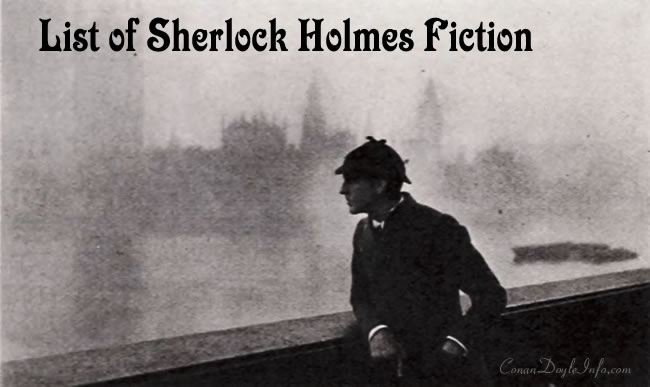
List of Sherlock Holmes Fiction
Just how many Sherlock Holmes novels and short stories are there? The canon of Sherlock Holmes consists of the 56 short stories and four novels written by Sir Arthur Conan Doyle. Here’s a list that includes the date they were published.
Learn More →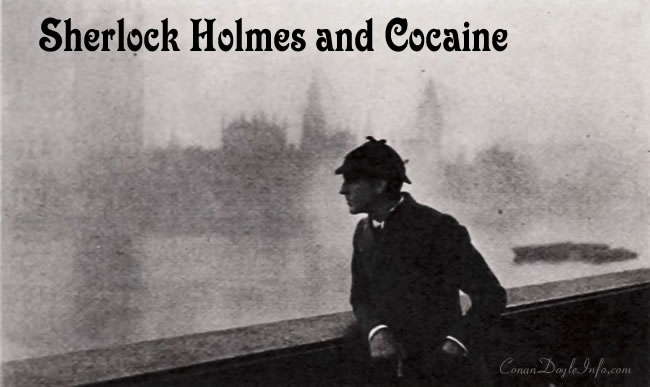
Sherlock Holmes and Cocaine
The notion that Sherlock Holmes could have been a cocaine addict seems absurd. However, even in A Study in Scarlet, the first work featuring Holmes, there were hints that Sherlock Holmes might have been using drugs.
Learn More →
